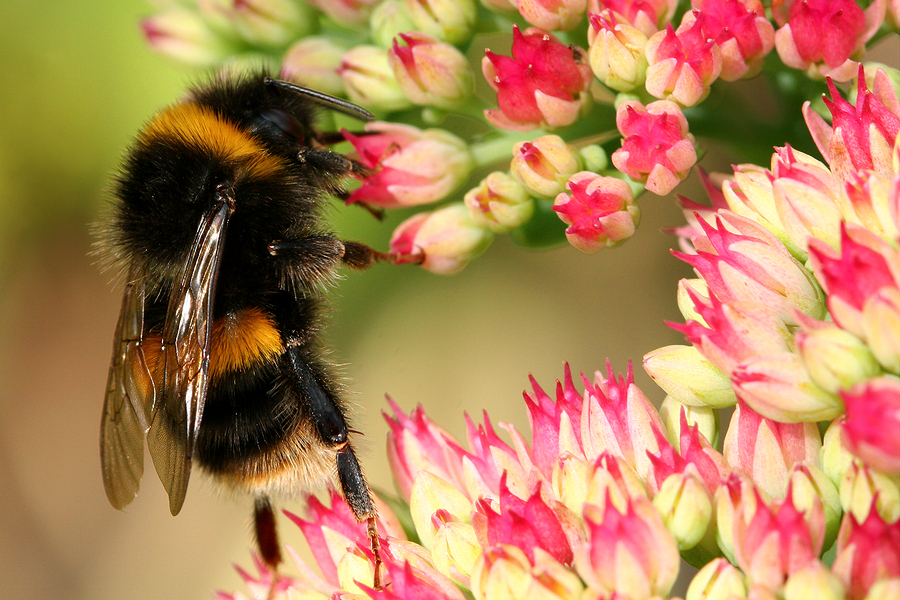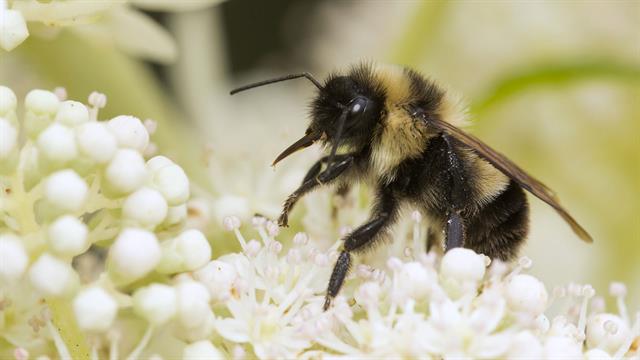According to the U.S. Fish and Wildlife Service, the rusty-patched bumblebee (Bombus affinis) is “…balancing precariously on the brink of extinction.” In order to keep that from happening, the species has officially been declared endangered.
From the article:
“On January 11, the U.S. Fish and Wildlife Service finalized the bumblebee’s listing as an endangered species. But on January 20, the bee got stung by the Trump administration’s efforts to postpone and review Obama-era regulations that hadn’t yet Been (SIC)taken into effect. On February 10, the U.S. Fish and Wildlife Service announced that the bumblebee’s listing would take effect on March 21, more than a month after it was originally scheduled.”
Rebecca Riley, senior attorney with the Natural Resources Defense Council believes that the only thing standing between the bumblebee and extinction is the Trump administration’s listing of the insect as endangered. Let’s just hope it’s not too late AND that the government’s continued insistence that glyphosate and other pesticides (which have been severely harming insects) are safe, will stop.
RELATED ARTICLES:
- CNN: Bees placed on endangered species list — a first in the US
- Pesticide Makers’ Own Studies Showed NEONICS KILL BEES, But They Sold Them Anyway
Why you should help and how
The threats facing bees and bumblebees are a loss of habitat, diseases and parasites, pesticides, and climate change. But we have to do something because of the vital work they do; bumblebees are some of the most important pollinators of crops like blueberries, cranberries, and clover, and almost the only insect pollinators of tomatoes. If we were to lose the pollination services provided by native insects (mostly bees), we’d be spending around $3 billion per year in the United States.
From the article:
“Since 1973, the Endangered Species Act has empowered the federal government to protect certain species by designating them as threatened or endangered, preserving habitat and outlawing hunts. It currently protects more than 1,600 plant and animal species.
The U.S. Fish and Wildlife Service, which oversees the law’s implementation, acknowledges that the number of species so far deemed robust enough to be taken off the protected list (close to 40) is ‘relatively modest.’
However, the law has been nearly 100-percent successful at preventing those species from going extinct altogether, and it has allowed others, such as the gray wolf, bald eagle, and American crocodile, to thrive.”
To help our hard working friends, consider planting native flowers on your property, limiting or avoiding pesticides, and fostering natural landscapes that attract the insects. A simple search will tell you the flowers they prefer and they will be a lovely additional to your outdoor spaces.
Remember, bees aren’t looking for trouble. So, give them the space they need to do their work and our helpful and symbiotic relationship can continue!













